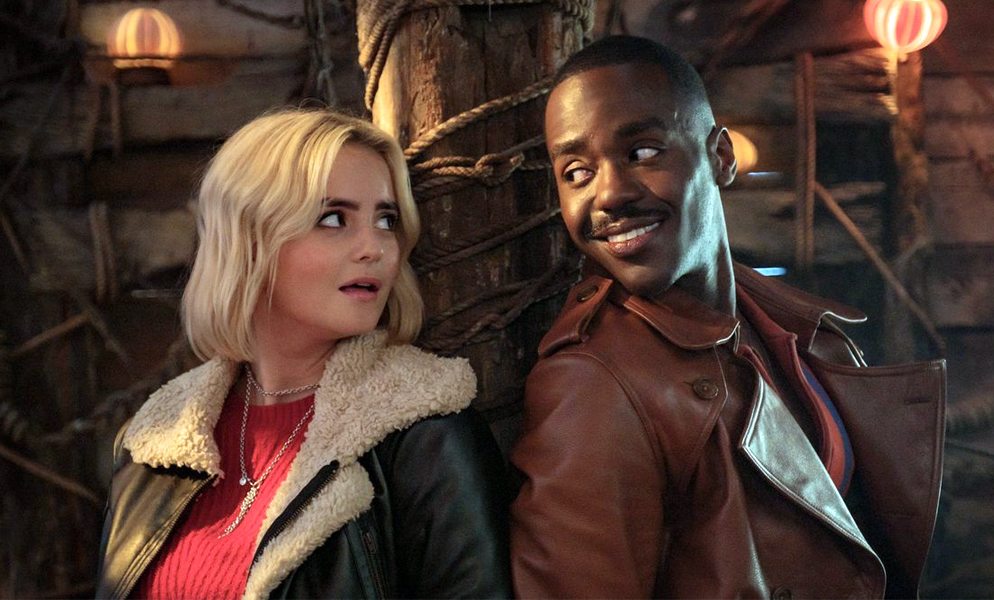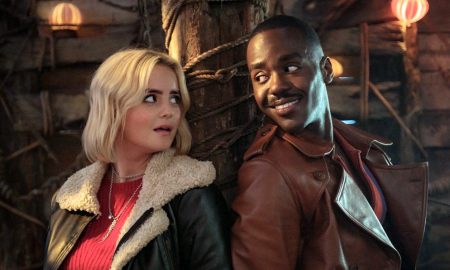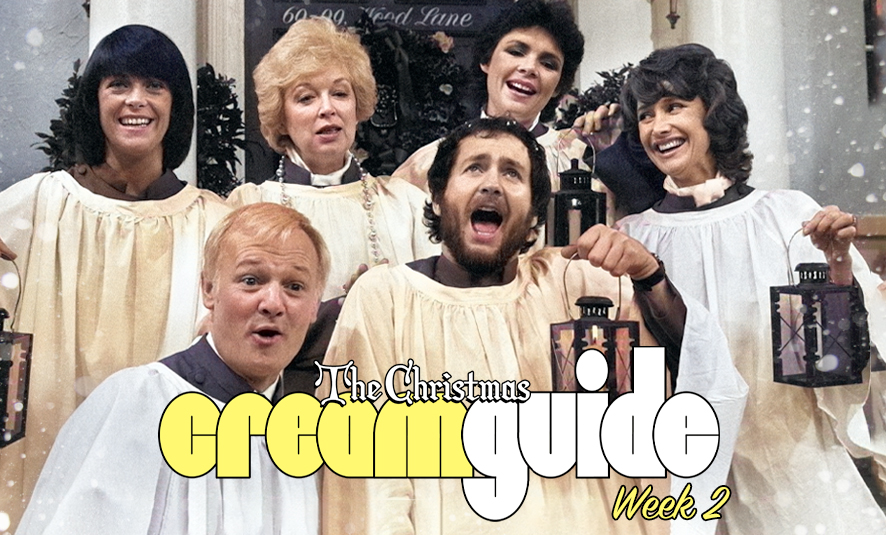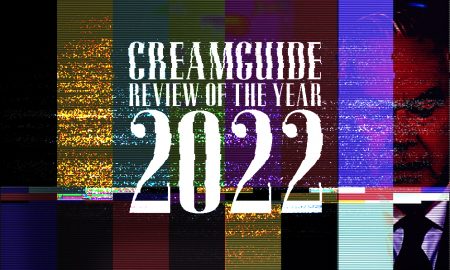Harrowing and immensely popular look at NHS hospital life from the patient’s point of view, written by Trevor Griffiths after reading a diary of his wife’s traumatic time in a hospital being operated on for breast cancer, and later finding out the hard way that her breast had been removed. Alison Steadman plays the bewildered and frightened inpatient Christine Potts, who, from the dispassionate opening examination at the hands of various ice-cold medics (plus the stubble-growing, rather more human trainee Dr Pearce, played by Jack ‘All Good Men‘ Shepherd) to the endless purgatory of the hospital ward, situated next to the cantankerous and violently ill Mrs Scully (Anne Dyson). Her husband (Dave Hill) and mother briefly visit, but can’t offer anything more than helpless support.
Finally Christine is driven to lock herself in a toilet cubicle, and it takes the slightly half-cut Pearce, all homely charm and dodgy Bogart impressions, to put her more at her ease. In his rooms, he puts to her the other side of the argument, that hospital staff find they have to function in that distant, patronising manner as they for the most part couldn’t tolerate the job any other way, a survival tactic, but an admission of failure that ignores the patient as a person (“We’re all missing the mark, Mrs Potts, and we need to be told”).In the end, the night before Christine leaves, Mrs Scully and sundry other patients share a stoically celebratory bottle of smuggled gin.
What set this play apart from so many others, apart from the uncompromising and then scarcely aired subject matter, and the keenly observed shocking little details (like the pathologist swiftly and excitedly carting away the tumour for research minutes after the operation) is the production. Director Michael Lindsay-Hogg originally wanted to film the entire play on location (and therefore necessarily on expensive film) in a real hospital, but budgetary restraints would not allow.
Detesting the aesthetic mish-mash of the suggested compromise of studio shoot with filmed inserts (the format for most television plays at the time which involved location work), Lindsay-Hogg swung the other way and had every part of the hospital set, from ward to theatre to reception, built for a completely video-bound production. The gamble payed off, as the harsh, too-bright, clinical feel of hospital wards is perfectly conveyed by the penetrating glare of the video camera. In fact, as the play was conceived partly as an answer to the doctors-and-nurses-as-heroes soap opera Angels, which was similarly video-bound (as, interestingly, the likes of Casualty remain to this day – medical drama, at least in Britain, being just about the only drama over thirty minutes in length still routinely shot on untreated video, perhaps for this very aesthetic reason), formulating the answer in kind was arguably the only option.
Within this apparently constraining shoot, however, many telling shots were achieved. Christine is often shown in isolation from the medics, either in the distance for the preliminary examination, or in shots of the ward round, taken from the PoV of the bed-bound Christine, and also sharing her aural semi-comprehension of the hushed jargon exchanged evasively by the doctors at the foot of the bed. Eleven million viewers saw this play, and it sparked a round of debate about hospital practice (with particular regard to the then still largely taboo subject of mastectomy) in national newspapers. Griffiths has long regarded it as his most successful play. Also featuring Anna Wing and Richard Wilson.
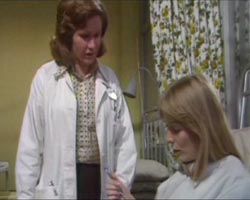 |
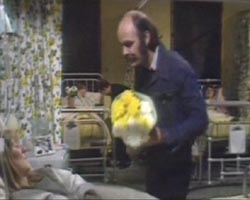 |













